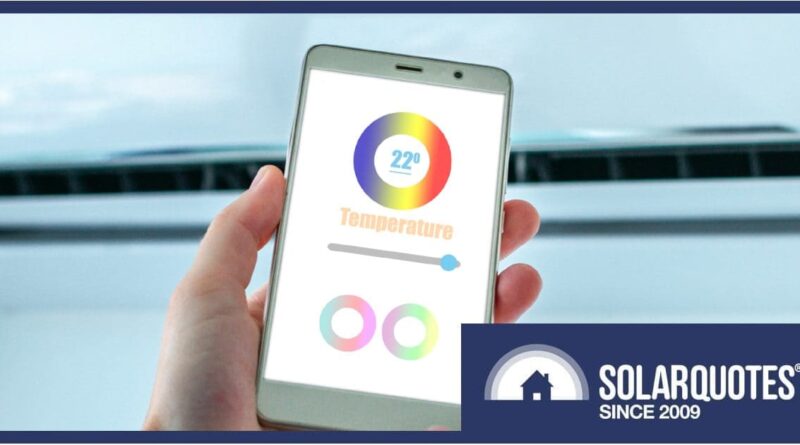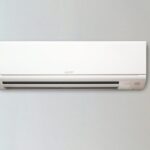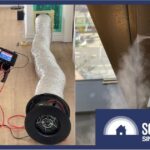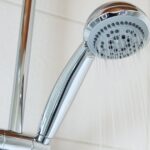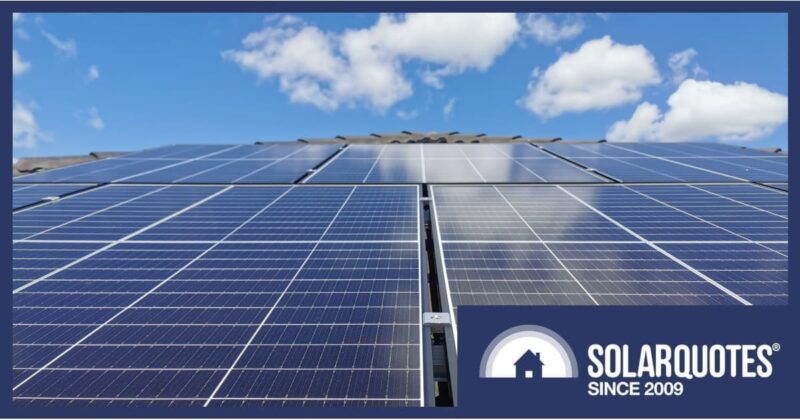Air Conditioning In Australia: Time To Get Smart Says IEEFA
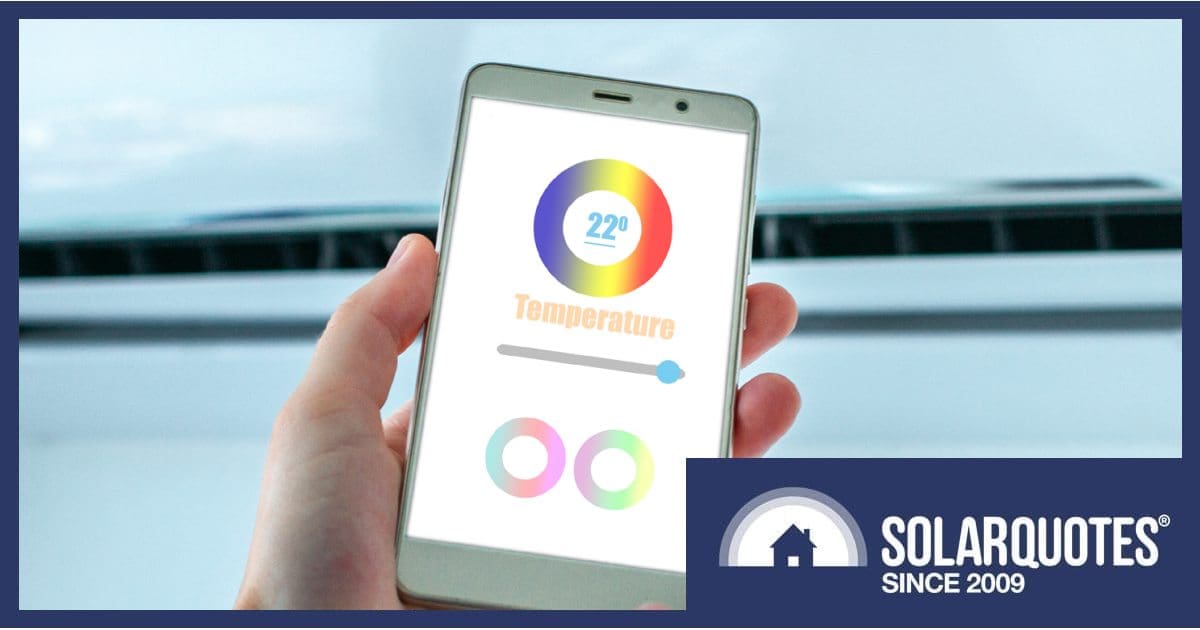
Air conditioners sold in Australia need to meet minimum efficiency standards, but not minimum “smarts”. This should change says a new report from IEEFA. Here’s why.
Heating and cooling represents around 40% of the energy use in the average Australian home. While improving thermal performance such as air-tightness of homes is critical to boosting energy efficiency, also important is more efficient air-conditioning. Using a reverse-cycle air conditioner (RCAC) is a good start as it’s the most energy-efficient space heater and cooler of all types commercially available.
There’s also an opportunity to make RCACs more grid and hip-pocket friendly through dynamic management. Some can have their energy use managed remotely or are ‘demand response enabled’. This (usually) means a third party such as a Distributed Network Service Provider or aggregator can control these air conditioners where necessary based on electricity network conditions.
There are already several air-conditioner related demand-response programs in Australia where customers receive financial or other rewards for participating. But a report released by the Institute for Energy Economics and Financial Analysis (IEEFA) this morning says governments need to do more to support participation and programs.
One of the ways to do this includes establishing standards to require RCACs in Australia to be smarter. An existing standard, AS4755, is a very basic, out-dated approach to demand response says IEEFA.
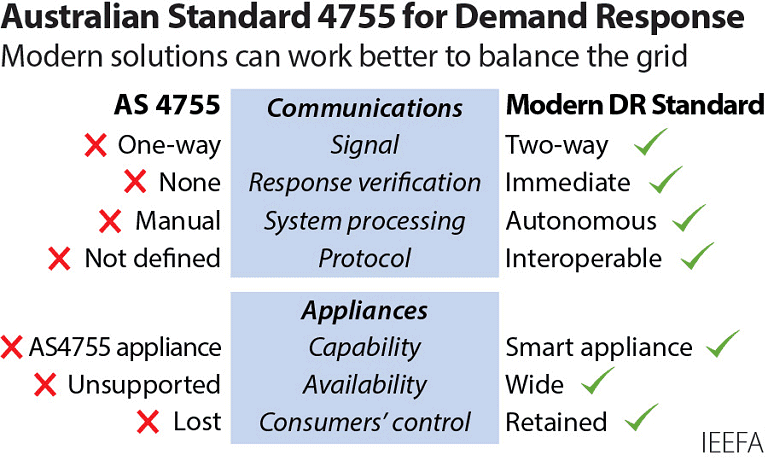

Around a quarter of a million households are already participating in voluntary retailer programs, but millions more aren’t. And with the transition to electrification, aircon related load on electricity networks will only climb.
“As increasing numbers of homes electrify their heating to reduce their energy bills and lower their emissions, ensuring that RCACs can be used as flexible demand will be an important way to help lower costs for consumers, improve the operation of the electricity grid, and reduce emissions,” says Dr Gabrielle Kuiper, author of the report.
And this isn’t just in regard to heating either, but cooling too as maximum grid demand usually occurs during the hotter months in most states. Very low grid demand is another beast that needs to be tamed as it can also threaten network stability. This usually occurs (and is occurring more often) when there are high levels of solar energy goodness in the grid. Air conditioners can help soak some of this up, but they need to be instructed when to do so.
Dr Kuiper says in most modeling, the potential demand flexibility capacity of reverse cycle air-conditioners is less than hot water or electric vehicles, but it still provides a significant opportunity.
Positive Customer Experience
While the thought of letting a third-party taking control of their home’s air-conditioner wouldn’t appeal to some, dynamic energy management of this nature done right also allows the customer to override it when required.
Many participants may not even notice when their aircon is being controlled if the RCAC fan is left running while switching off the compressor states Dr. Kuiper. A report some years ago concerning an Ausgrid trial stated 88% of respondents didn’t notice a difference in comfort during hot days when the power saving mode of units was activated.
Making Existing Air-Con Smart Is Cheap (But Subsidies Please)
The majority of new air conditioners available today have Wi-Fi control available as standard or optional; enabling their energy use to dynamically managed. But many existing “dumb” RCAC units can be managed remotely through the addition of smart thermostats.
“The technology required to make a new or existing RCAC smart is cheap,” says Dr. Kuiper. “And the development of platforms to reward demand flexibility is inexpensive compared to the costs of building new electricity generation and network infrastructure.”
Among its recommendations, the IEEFA says Australian governments should consider subsidising various add-on sensors and devices to make existing reverse-cycle air conditioning units smart. Furthermore, efficiency standards need to be raised, and aircon-related requirements also need to be put in place or rejiggered as soon as possible given the electrification shift and growing variable renewable energy supply, such as that from home solar power systems.
The report is available here: “Smart air conditioners could slash energy bills for consumers“.
Original Source: https://www.solarquotes.com.au/blog/smart-air-conditioning-mb3034/

